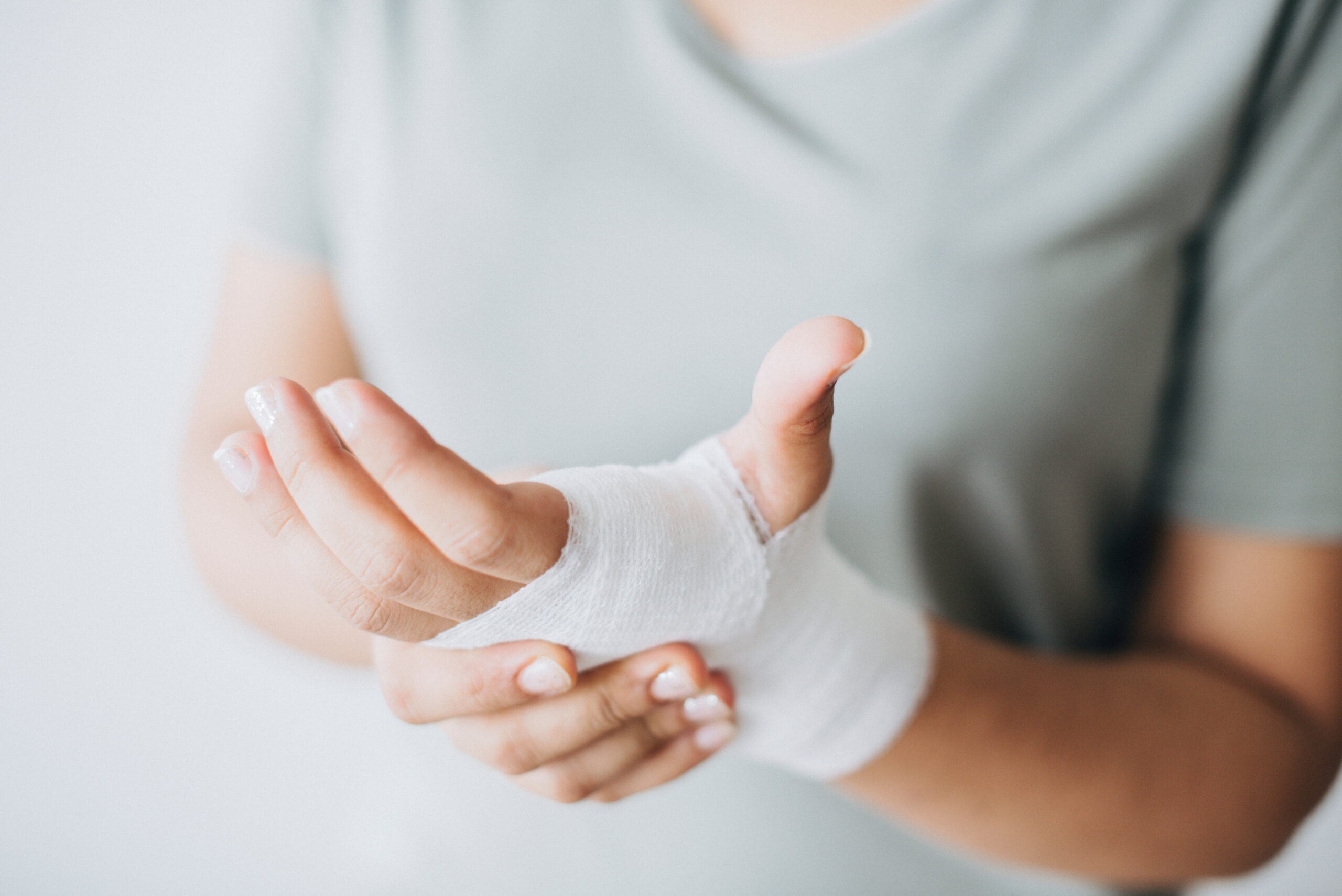When you hurt yourself, an instinct compels us to place some pressure to the area; perhaps even placing our palms and fingers over the wound to develop some sort of protection from the outside world. There may be someone telling you to leave it alone and let the wound create a scab, but is this really the best way to treat it? After all, we just want whatever method works to promote faster healing, regardless of whether that is leaving the area exposed to air or wrapping it neatly behind a dressing.
Well, the science is in consensus and tells us that, indeed, it actually does promote a faster healing period if you apply bandages and dressings to your wound. But how exactly? In this article, Team Medical Supplies explores this in more detail.
How Do Wounds Actually Start to Heal?
Wounds vary in all shapes, sizes and severity. Naturally, when the damage to the body extends beyond the layers of the skin and enters the internal organs and muscles, simple bandages and dressings are unlikely to be all that is needed to promote healing, but they can still be effective in mitigating both acute and chronic conditions.
Wound healing undergoes three distinct phases, beginning with the initial inflammation, then moving on to proliferation and maturation.
Inflammation is that stage when the blood emitted from the wound area began to stop as a clot is formed at the site. You quickly notice (and feel) the wound site become more swollen, red, and tender.
Proliferation then sets in as that blood clot continuously becomes harder and firmer across the surface of the skin, drying into a scab. This dried blood protects the area underneath so healing can start to occur, the body now sending an army of cells to fight off any signs of infection. It will also now begin to introduce a series of collagen fibres that are made of structural proteins. These work hard to pull together each and all sides of the open wound. Simultaneously, new blood vessels will begin to develop.
Lastly, maturation will progress over the next several days (or weeks, depending on the scale of the injury), continuously strengthening the area with the brand-new tissue that has grown in place of those previously damaged. The scab will then fall off from the site now that healing is complete.
How Do Bandages & Dressing Accelerate the Healing Process?
If the body does such a fine job of healing our wounds – and scabs already work to cover the sites of injury on our skin – how can bandages and dressings possibly speed-up that process? The answer lies in moisture. Research spanning as far back as the 1960’s demonstrates that wounds kept at the appropriate moisture levels heal far quicker than ‘dry’ wounds, as cell growth requires these environments for strong proliferation. Moisture is responsible for allowing cells to grow, divide, migrate and conquer the wound site, and this is found through the wound’s exudate – the natural, moist discharge seeping out of from all side This acts as a key transport for enzymes and hormones to promote the needed restructuring to heal the wound, and when inhibited, the process takes far longer.
Effective Options for Wound Dressings & Bandages
Proper wound care is not only essential for healing, but also in reducing the scarring of an area, which is why it is so important to invest in quality products. For example, here at Team Medical Supplies, we believe strongly in the benefits of self-adhesive bandages, rolls, and wraps. These bandages will stick to themselves without the need of professional help, meaning patients can be relied upon for self-application. It also ensures that the bandages and dressings are not stuck directly to their skin, which can cause a great amount of discomfort, as well as shift during extended amounts of movement.
For more information on our selection of wound care products available across Australia, please feel encouraged to contact a member of our friendly team today by calling 1300 22 44 50, or entering your details on our easy to complete online enquiry form.

